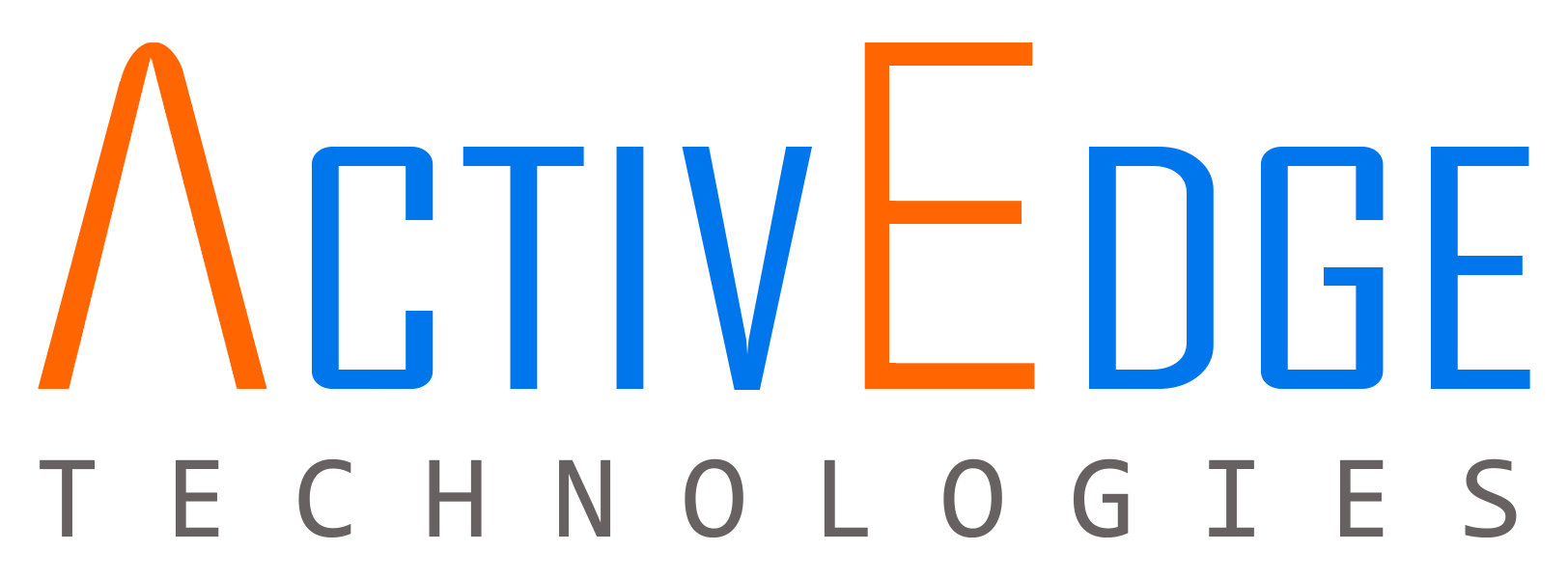Why Network Compliance is Critical for Financial Services
Network compliance stands as the cornerstone of security within the financial services landscape. This vital yet complex undertaking transcends the realm of information security and data privacy regulations, encompassing a multitude of operational standards. Disaster recovery and resilience are just two examples of these critical standards that further complicate the compliance landscape.
Navigating this intricate terrain necessitates a meticulous alignment of people, processes, policies, and technology within a structured framework. By achieving robust network compliance, financial institutions can not only safeguard sensitive data and meet regulatory requirements, but also cultivate operational resilience for long-term success.
Compliance Is Hard
Establishing and maintaining compliance programs means understanding all the various laws and standards that apply to your business and industry. Depending on where your organisation is located and the jurisdictions in which it does business, compliance can be a herculean task. If your business is financial services, your operations are already among the most tightly regulated, wherever you happen to be located. A sample of some of the laws and standards that apply to financial services firms includes the following:
United States
- Sarbanes-Oxley Act (SOX)
- Gramm-Leach-Bliley Act (GLBA)
- New York State Department of Financial Services 23 NYCRR 500
- Currency and Foreign Transactions Reporting Act (aka Bank Secrecy Act or BSA)
UK/EU
- General Data Protection Regulation (GDPR)
- Payment Services Directive (PSD2)
- Network & Information Systems Regulations (NIS) (UK)
- Operational Resilience (UK)
Other
- Basel III (international)
- Consumer Data Right (Australia)
- Technology Risk Management Guidelines (Singapore)
- Personal Information Protection and Electronic Documents Act (PIPEDA) (Canada)
- Consumer Privacy Protection Act (CPPA) (Canada)
Compliance is hard, but it is a lot harder when compliance programs rely on manual tasks, especially those associated with audits, where studies reveal organisations spend as much as 40% of their time tending to compliance on manual tasks associated with audit preparation. Automation can lift that burden from staff, freeing them up for more important tasks.
Non-Compliance Is Costly
When auditing for compliance, regulating authorities often look to see whether a financial services organisation has adopted and followed various accepted technology and policy standards. These may include Financial Industry Regulatory Authority (FINRA) guidelines, NIST 800-53, ISO 27001, Payment Card Industry Digital Security Standard (PCI-DSS), and certifications like SOC I & II.
This is important because, even if you have done everything reasonably expected to avoid an incident, compliance without documentation is non-compliance. And non-compliance can be costly. In fact, even though there are fines and penalties associated with non-compliance ($100K per violation under GLBA, and €20M or 4% of annual global revenues under GDPR), those can be the least costly component of regulatory non-compliance.
On average, companies that have invested in security and compliance automation pay an average of $1.55 million less following a data breach than those relying on mostly manual operations. And when you consider cost savings associated with operational efficiencies (like not spending 40% of your time on manual tasks associated with security compliance), the benefits add up to an average of $2.86 million.
How Automation Closes Compliance Gaps
Manual processes take time and lots of it. Not only does that leave your organisation vulnerable to human error, it also increases costs and lowers productivity.
Automation, on the other hand, requires fewer resources, so your team can put their skills to better use. With accurate data that’s managed through automation, teams can save hours on admin.
With the ActivEdge partnership with Restorepoint, compliance auditing becomes simplified and less stressful. Consistent automated processes ensure that your organisation spots potential compliance issues as a result of a change—whether it’s made by you or an unsanctioned change by an administrator or even a hacker. The ‘always on’ compliance engine automates time-consuming audits, enabling users to convert paper-based rules into policies that can be applied to multiple devices and tested with every network or security device backup. With compliance performed at the point of backup, audits can be performed every 24 hours (as opposed to every quarter or every year).
Avoiding Misconfiguration Errors
According to the 2022 Verizon Data Breach Investigations Report, 14% of all data breaches involve either erroneous or malicious misconfigurations. By eliminating the use of manual processes such as scripts, Restorepoint drastically reduces the threat of misconfiguration caused by human error and enables users to quickly restore network availability following network outages.
Enabling users to centrally backup all network devices and providing one place to manage backup processes and one place to secure the data, Restorepoint provides further mitigation against the risk of configuration data breaches and unauthorised access.
If your business is relying on manual network processes that are putting your organisation at risk, ActivEdge can help. Book a live demo to find out more.

